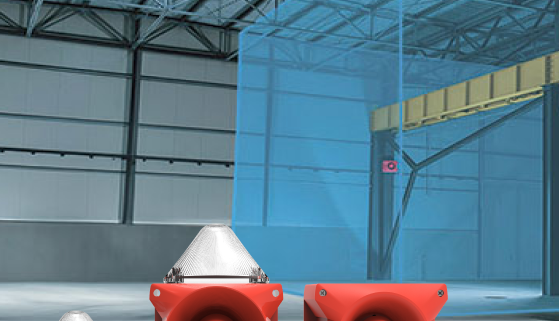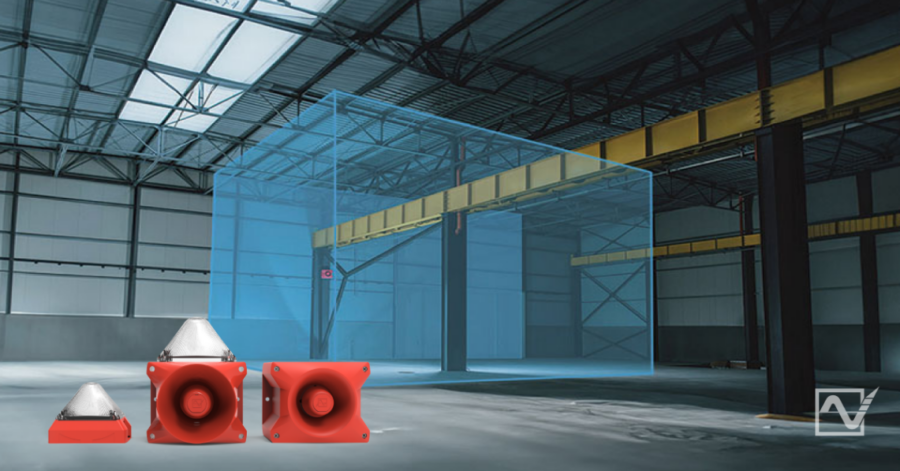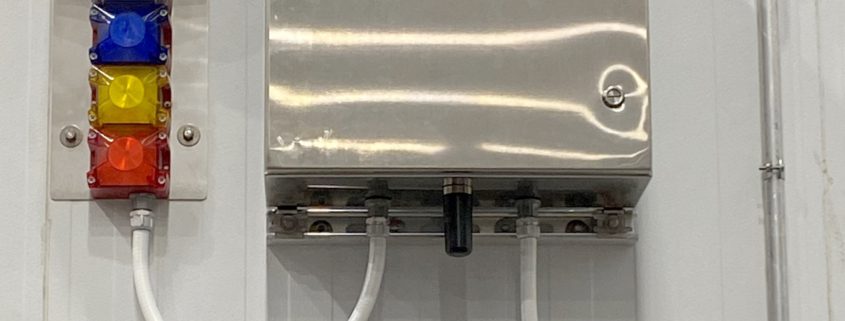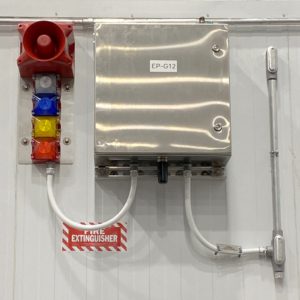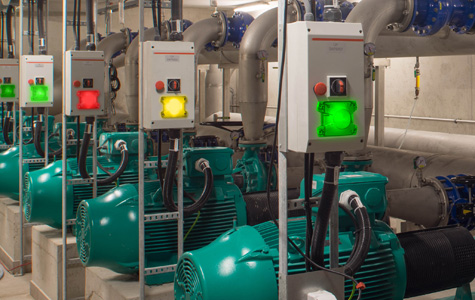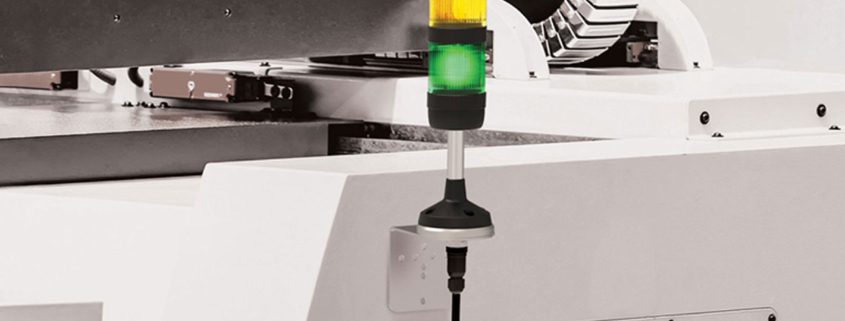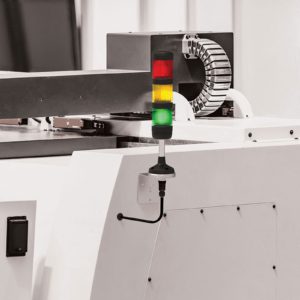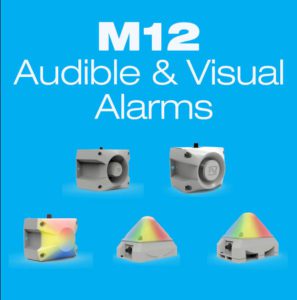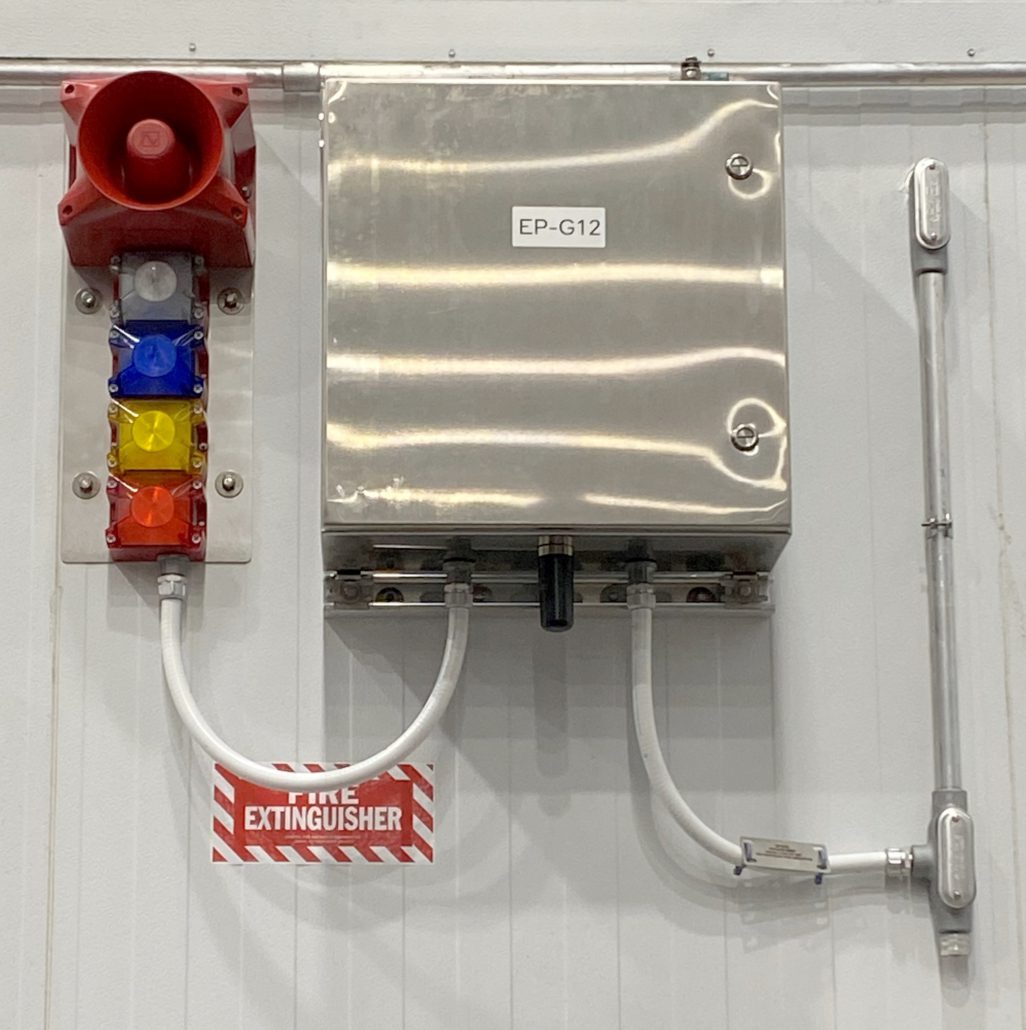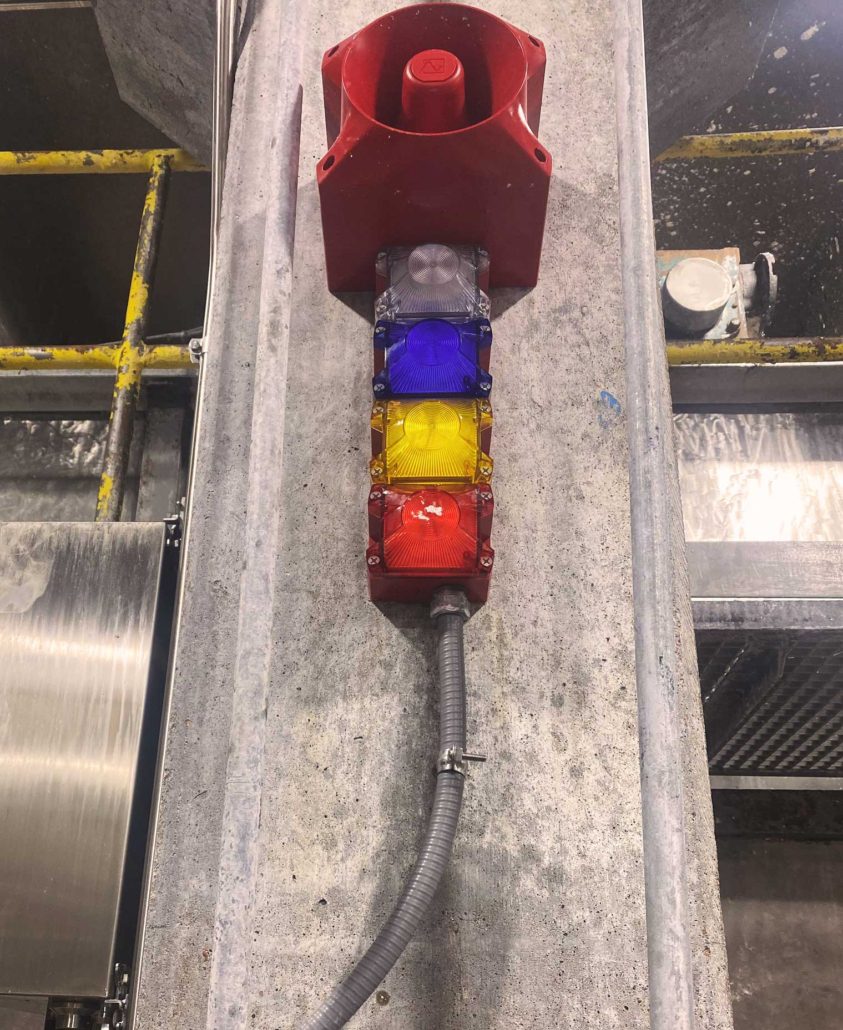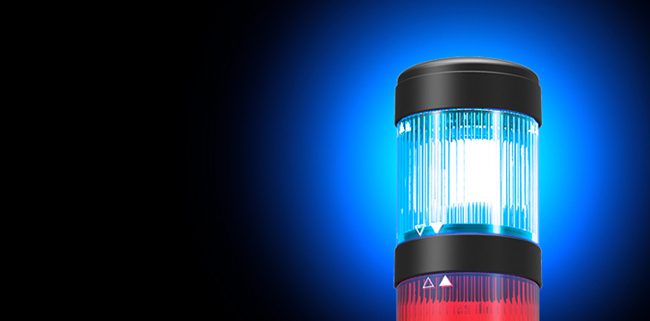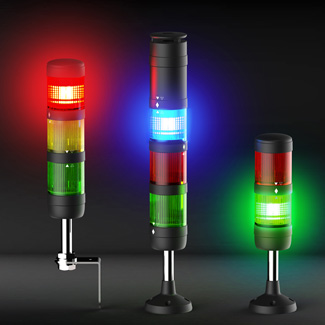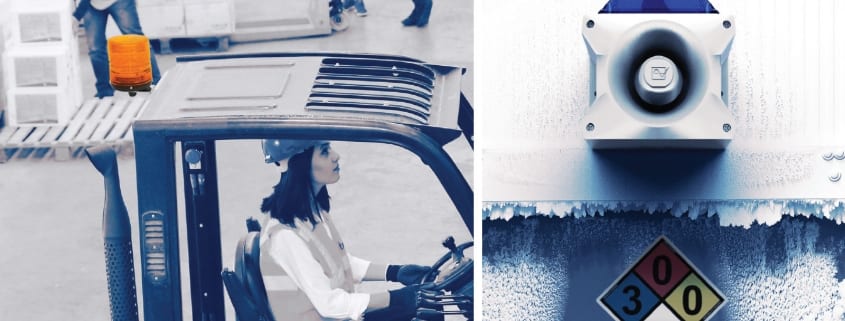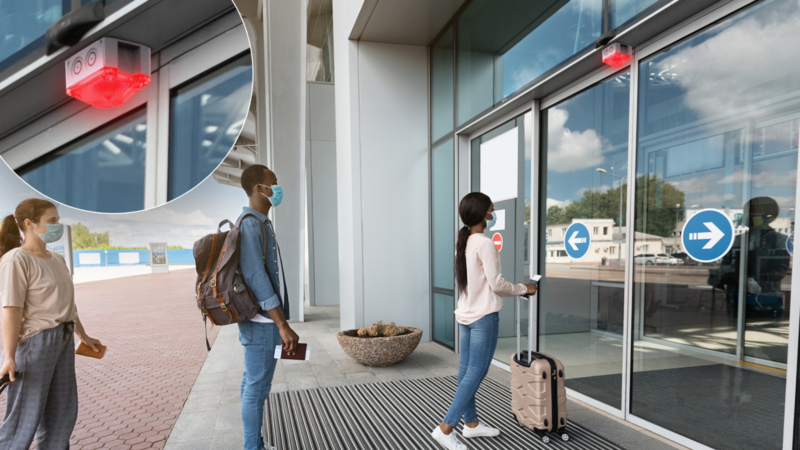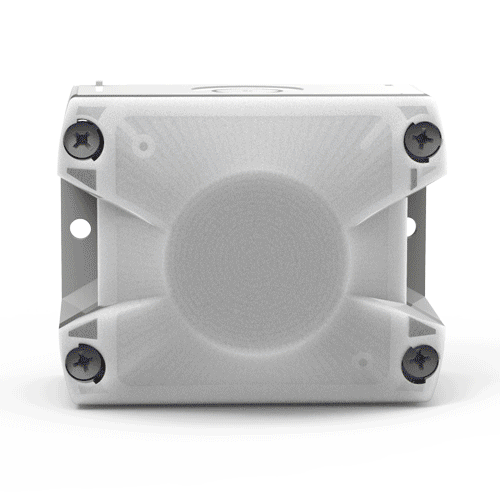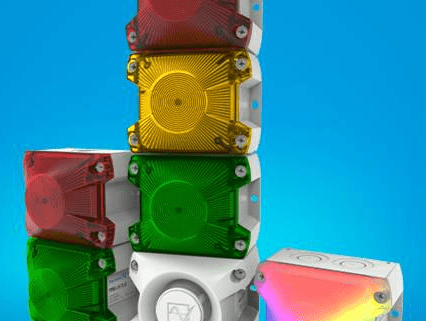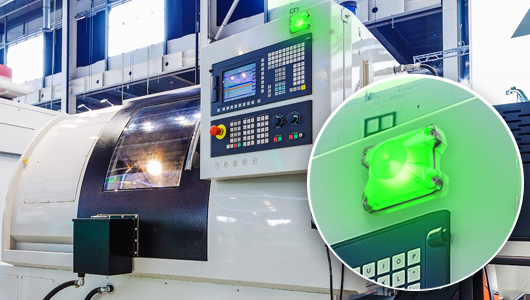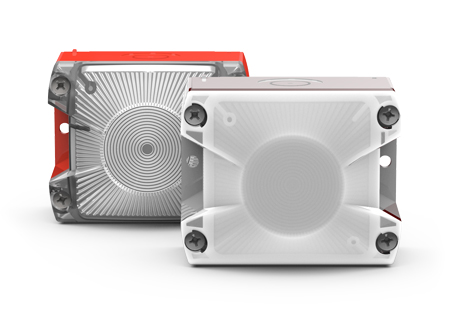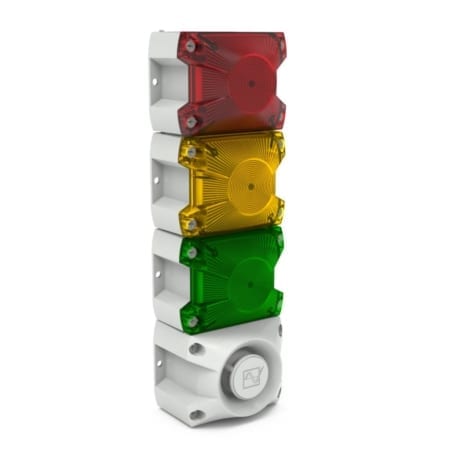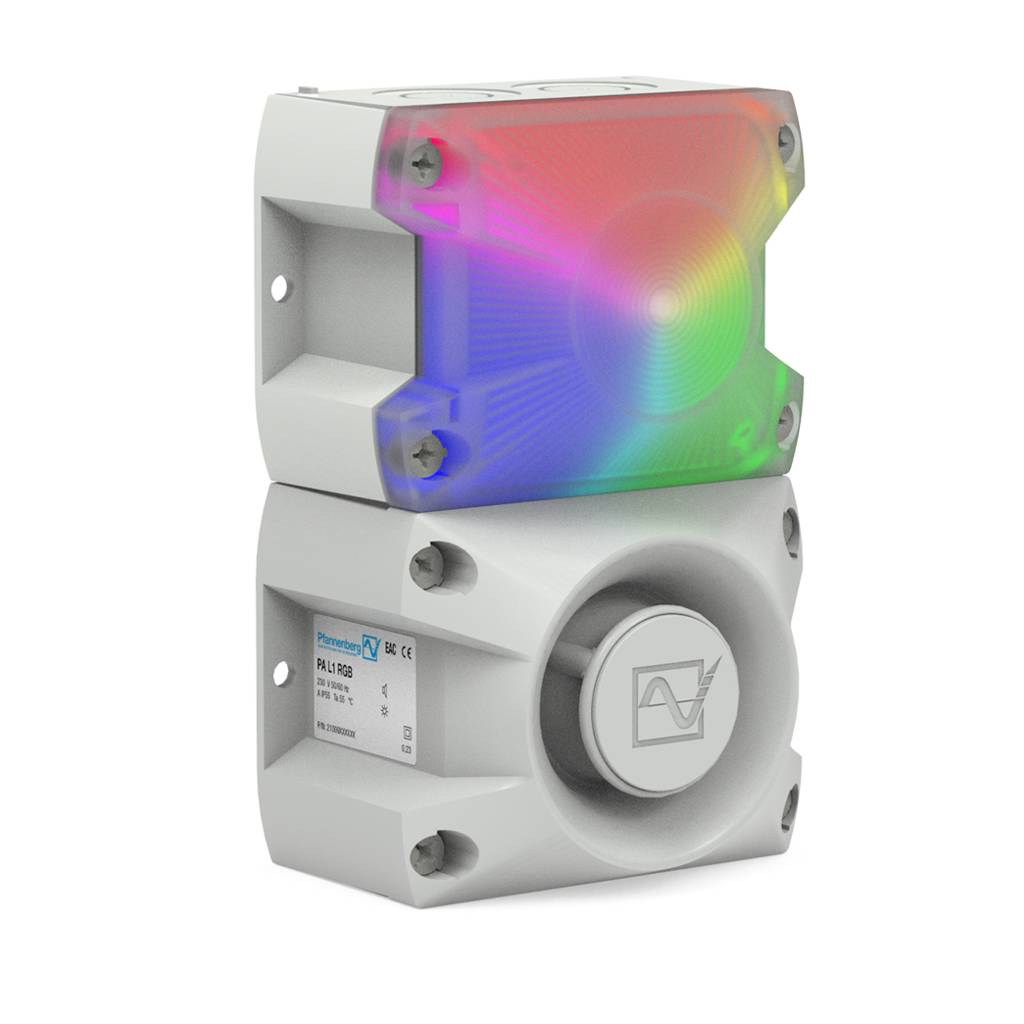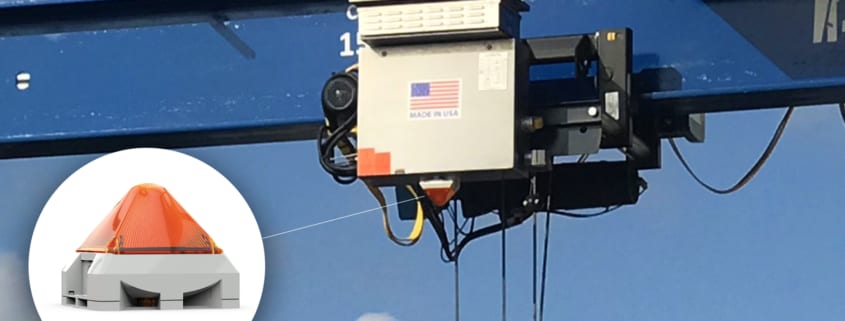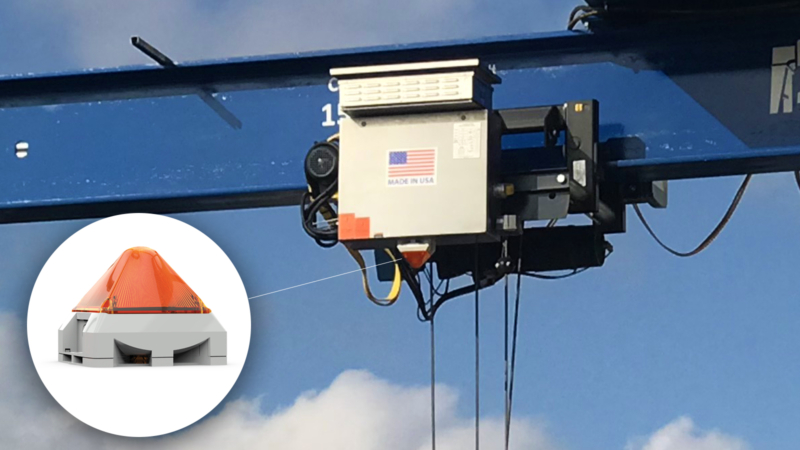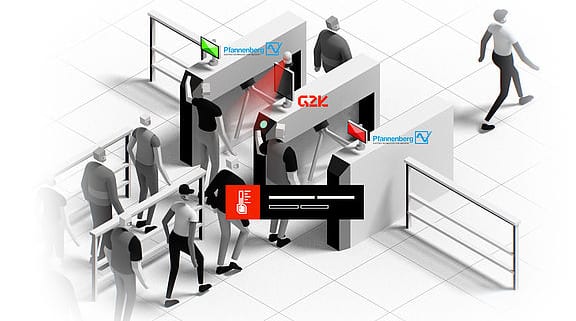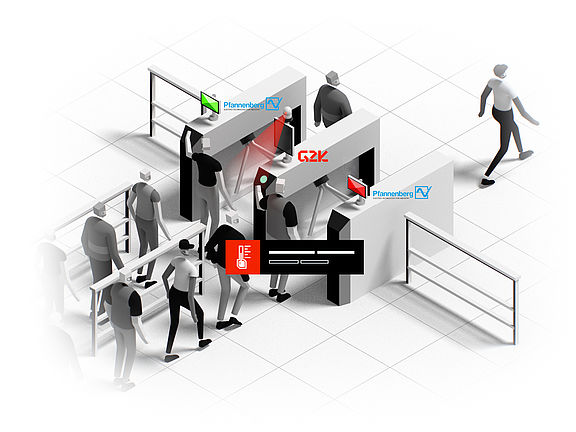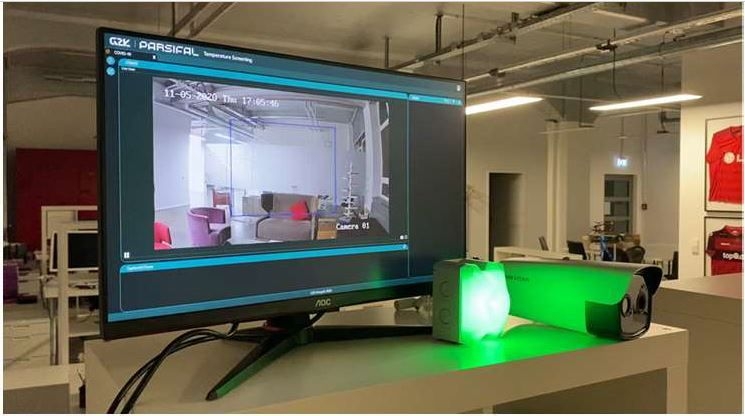3D-Coverage Enhances Fire Safety with Performance-Based Standards for Emergency Signaling
Fire Safety Protocols: Candela Rating vs. Performance-Based Standards
Emergency signaling is an essential component of fire safety. The National Fire Protection Association (NFPA) offers performance-based standards as one of two frameworks specifying signaling requirements, alongside traditional candela ratings. Performance-based standards offer the superior approach, not only strengthening the safety of system design, but also resulting in a more cost-effective procedure.
Pfannennberg’s 3D coverage offers a performance-based approach that takes into account factors measuring the effectiveness of audio and visual based signaling, including environmental factors, to ensure that emergency signals reach everyone in a given facility in the midst of an emergency situation.
How Performance-Based Standards Lower Costs While Increasing Safety
Performance-based standards for emergency signaling account for a range of variables in both audible and visual signaling devices. Tone, frequency range, environmental noise, and the required distance for effective signaling all factor into the performance of audible signaling devices. These standards ensure the performance of visual signaling devices by setting minimum illuminance levels, and also considering the technology in use and visual perceptibility. Considering these performance-based metrics allows organizations to optimize the placement and number of devices, eliminating redundancy to lower costs.
Pfannenberg’s 3D coverage implements performance-based standards to increase safety and cut costs. Optimizing the number of signaling devices in a given area ensures that organizations do not install more devices than they need. Fewer devices means less wiring (the most costly part of installation) and less labor costs. Organizations can also mount Pfannenberg’s devices on steel I-beam columns, walls, or ceilings. This versatile coverage enables strategic positioning that maximizes coverage area, allowing organizations to install even fewer devices.
Performance-Based Tools and Planning by Pfannenberg
Pfannenberg provides customers with advanced tooling to empower them to seamlessly and effectively implement performance-based standards for fire safety emergency signaling. Building Information Modeling (BIM) and Active Support form the foundation of Pfannenberg’s industry-leading solutions.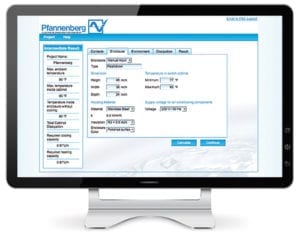
BIM software creates a digital CAD model of an area outfitted with signaling devices, such that users can simulate and evaluate device coverage in a digital environment. Active Support offers service-based support harnessing the deep experience of Pfannenberg team members who offer extensive documentation detailing the ideal device positioning strategy. In addition, Pfannenberg’s experts provide training on performance-based methods and consulting on international and domestic standards, helping customers effortlessly meet NFPA standards and providing full proof of compliance.
Pfannenberg’s PATROL and PYRA provide top-of-the-line auditory and visual signaling solutions. Renowned for high performance, versatility, and innovative design, these devices fit diverse applications across fire and gas alarming functions, in addition to workplace and machinery safety. PATROL produces the loudest sound level in its class, generates a wide range of tones and frequencies, and is highly customizable, cutting across harsh industrial environments and large industrial spaces with ambient noise. PYRA delivers superior visual signaling with a bright and highly visible output that cuts across distances in both indoor and outdoor settings. PYRA also offers a wide variety of flash patterns and frequencies, highly customizable to ensure signals are seen from afar and from any angle. Both PATROL and PYRA are rugged devices built to endure the toughest industrial environments.
Pfannenberg’s 3D Coverage has You Covered
Organizations who choose Pfannennberg’s 3D coverage benefit from all the advantages of performance-based metrics, including planning reliability and the prevention of expensive retrofitting. Performance-based standards prove far superior to a one-size-fits all approach, providing a dynamic solution that enhances overall safety while reducing costs across the board. At the end of the day, Pfannenberg’s 3D coverage gives organizations complete confidence that they will meet NFPA standards while ensuring the safety of their personnel, and this peace of mind is of immeasurable value.

